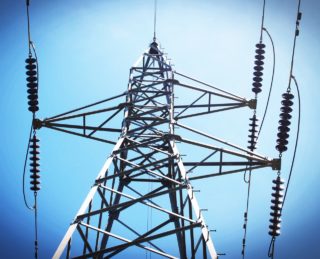-
Grid stabilisation costs at higher proportions of renewable energy highlighted by retired Foster Wheeler engineer
Date posted:
-
-
-
Post Author
Patrick LaveryCombustion Industry News Editor
-
-
![]()
A blog post by retired Foster Wheeler Energy manager of projects and electrical engineer, David B Watson, for the International Centre for Sustainable Carbon has highlighted some of the hidden costs that come with high levels of renewable energy in electricity grids. At the heart of the argument is that wind and solar power generation do not provide vital voltage and frequency stabilisation services that synchronous generation techniques, such thermal power generation, do. As Mr Watson writes, “voltage stability depends on us having sufficient reactive power (wattless megavars) at all localities across the grid (as it does not travel well)”, while frequency stability is “dependent on there being adequate rotational energy (inertia) available from the rotating generators and motors connected to the grid, to ride through disturbances”. The UK National Grid has been forced to create and administer a new market for grid stabilisation mechanisms as a result of there not being as much fossil and nuclear power generation, and the additional spend on stabilisation (and the market administration) is a cost not typically captured in pricing renewable power generation. The installation of as many as eight large synchronous compensators with flywheels, as well as the running without load of existing, ageing fossil fuel generators are two mitigation actions seen as necessary by the National Grid as it tries to manage grid stability problems. Mr Watson sees new nuclear power generation installations as a more efficient management of this problem, and believes that private investment has also concluded this, judging by rising uranium prices. The piece serves as a useful reality-check for the ambitions of many energy transitions – not to say they are impossible, but to say they must be managed carefully and with a full assessment of costs.

